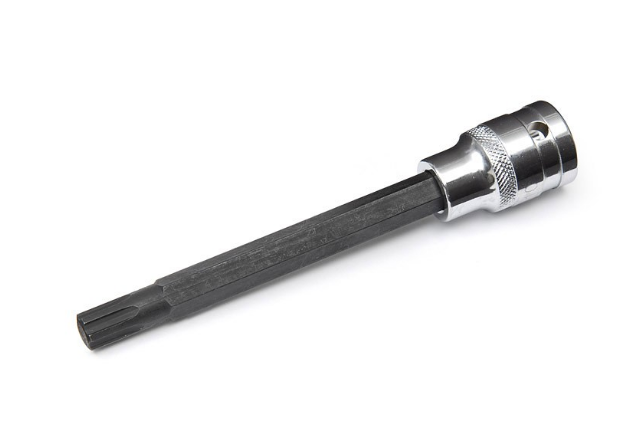In the realm of automotive maintenance and repair, a pivotal procedure is the removal of the piston head from the connecting rod. Executed with accuracy and attention, this operation opens up opportunities for various repair and maintenance activities, which, in turn, can amplify engine performance. This extensive guide delves into the process, focusing on its importance, the necessary tools, and the sequence of steps to be followed.
Understanding the Function of Piston Head and Connecting Rod
In the complex world of internal combustion engines, the piston head and connecting rod are integral parts. The piston head, responsible for compressing the air-fuel mixture, is linked to the crankshaft by the connecting rod, which turns linear motion into rotary motion. The need to disjoin the two emerges during comprehensive engine services, specific repair operations, or when swapping out parts.
Consequences of Incorrect Removal of Piston Head from Connecting Rod
Understanding the potential pitfalls of incorrect disassembly or installation of the piston head and connecting rod is vital. Errors in this procedure can result in significant engine problems, such as reduced fuel efficiency, power loss, or even total engine failure. Therefore, undertaking this task with the highest precision is crucial.
Tool Requirements for Piston Head Removal
A specific set of tools is necessary to successfully remove a piston head from a connecting rod. These include a piston ring compressor for compressing and removing the piston rings, a piston pin puller for dislodging the piston pin, and a wrench to loosen any bolts.

Procedure for Disconnecting the Piston Head
The process begins by disassembling the engine to reach the piston head and connecting rod. Removal of the piston pin, which holds the connecting rod to the piston head, is required. This can be achieved using a piston pin puller. Once the pin has been removed, the piston head can be cautiously separated from the connecting rod.
Precautions during the Piston Head Removal Process
It’s imperative during the piston head removal process to avoid damaging the piston head or connecting rod. Any dings or scratches could lead to engine performance issues and shorten the engine’s lifespan. Keeping track of the corresponding connecting rod, piston head, and cylinder is critical, as they need to be reassembled in the same order.
Expanding Your Knowledge in Engine Maintenance
Being adept at removing a piston head from a connecting rod proficiently is a valuable skill in various engine repair situations. Whether you’re a professional mechanic, a DIY car enthusiast, or a vehicle owner keen to expand your knowledge, honing this skill can significantly enhance your proficiency in general vehicle maintenance.